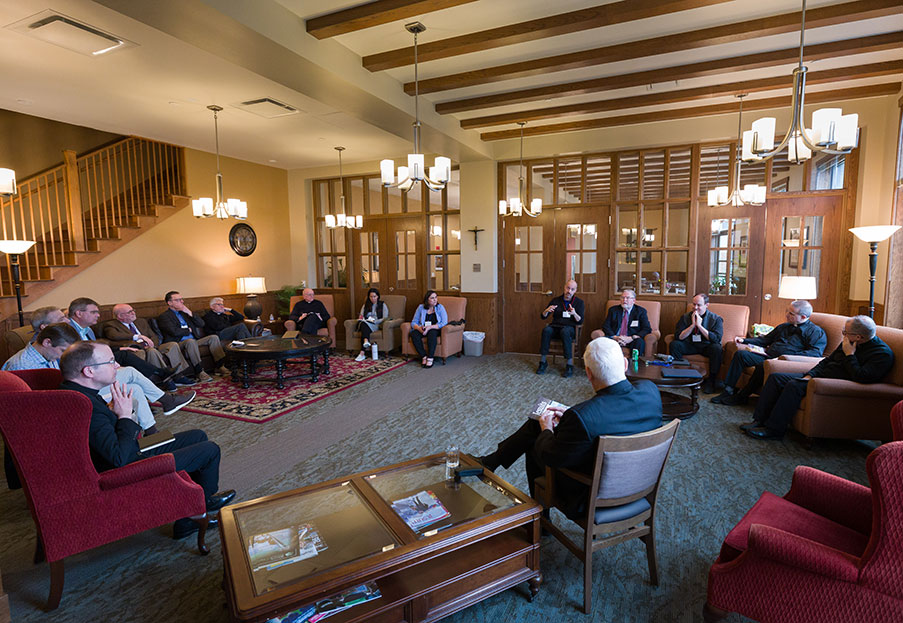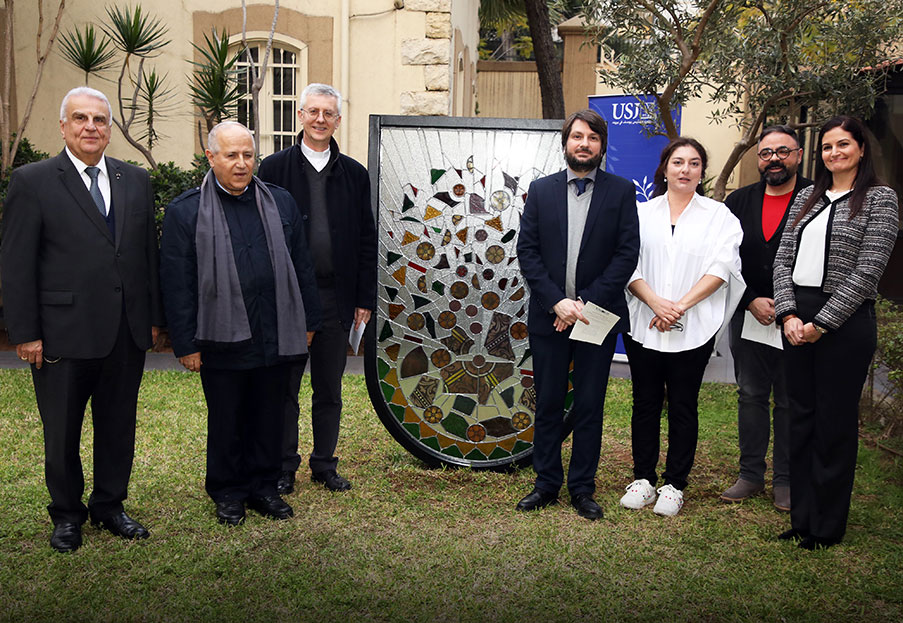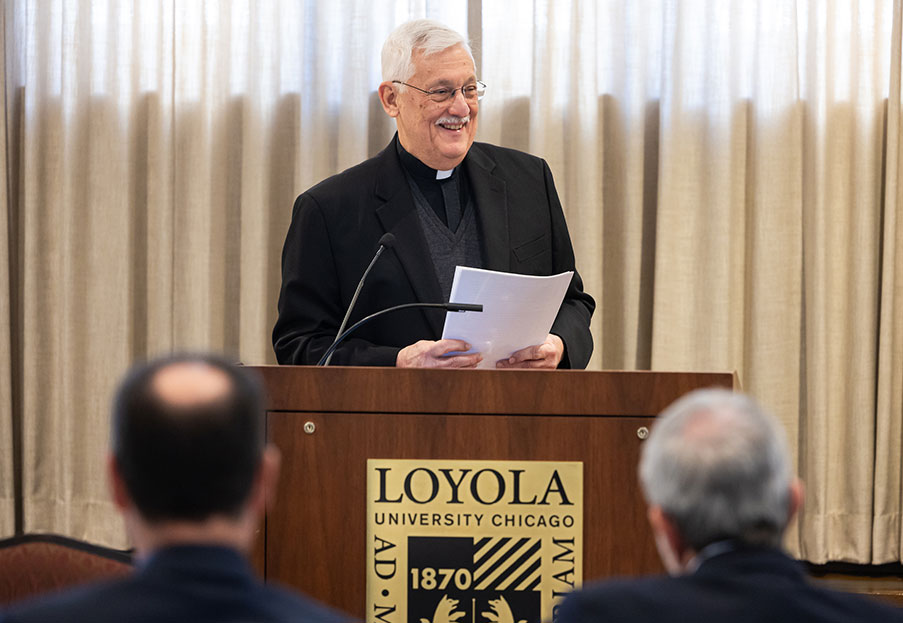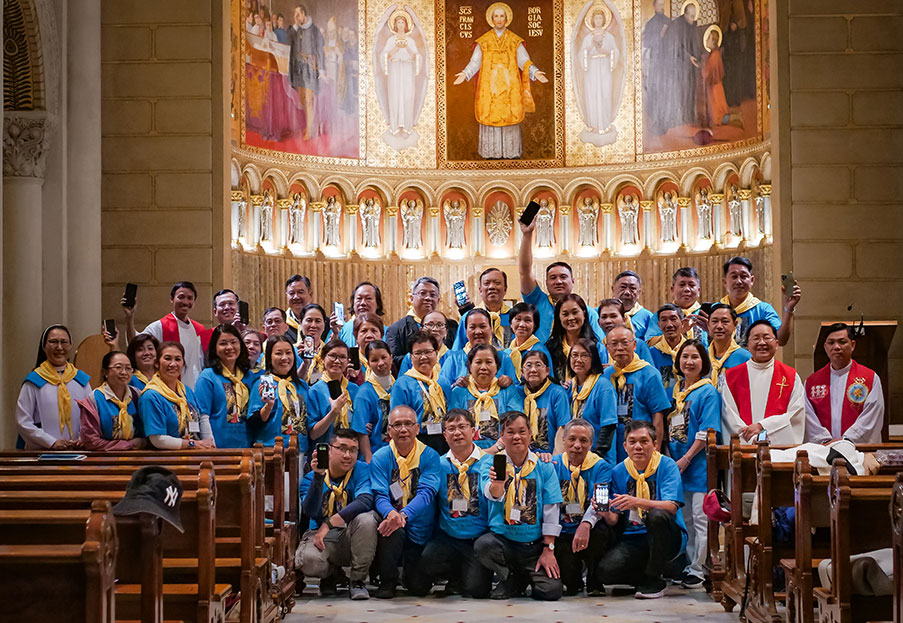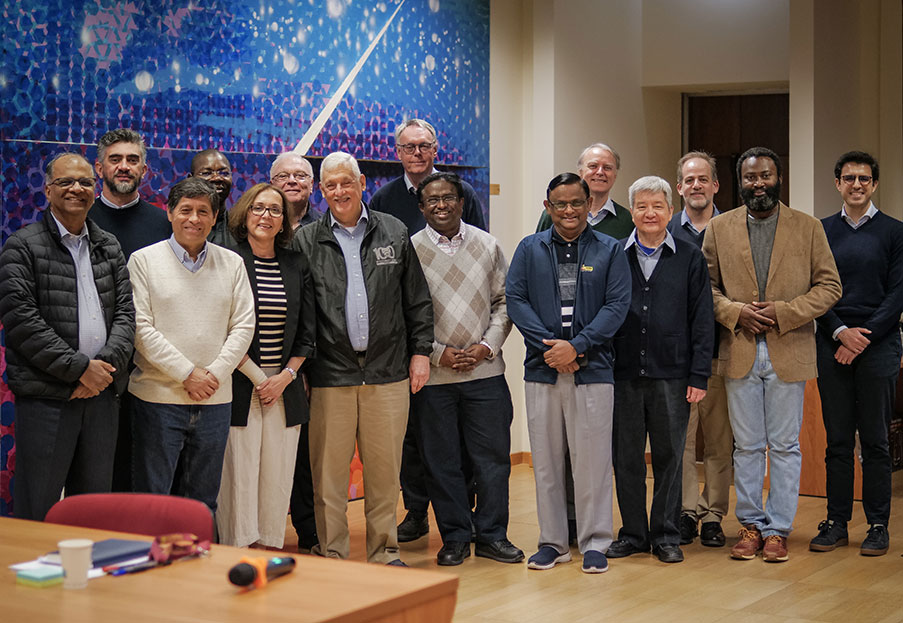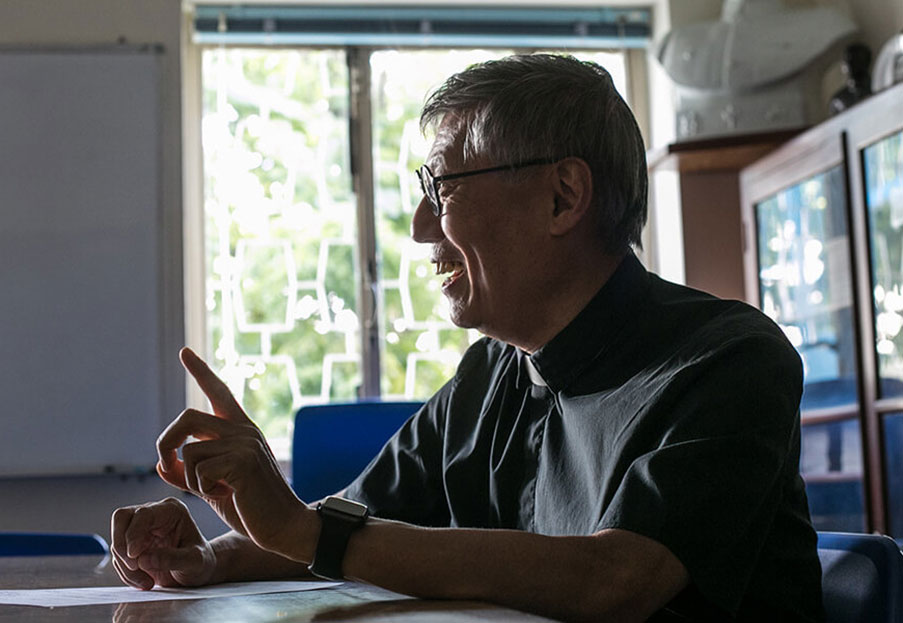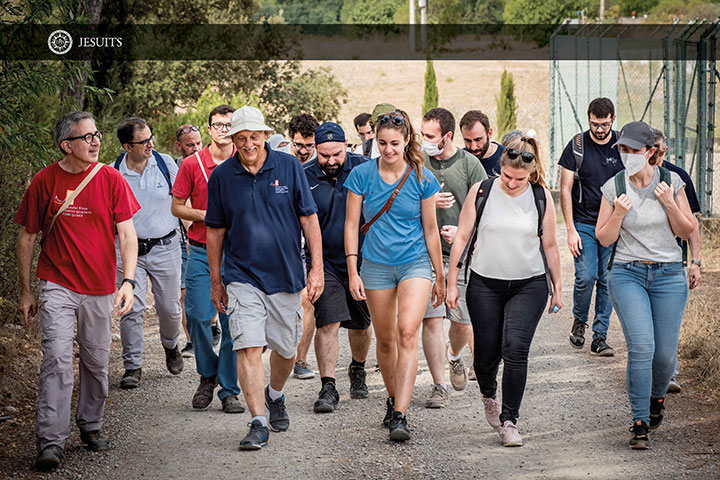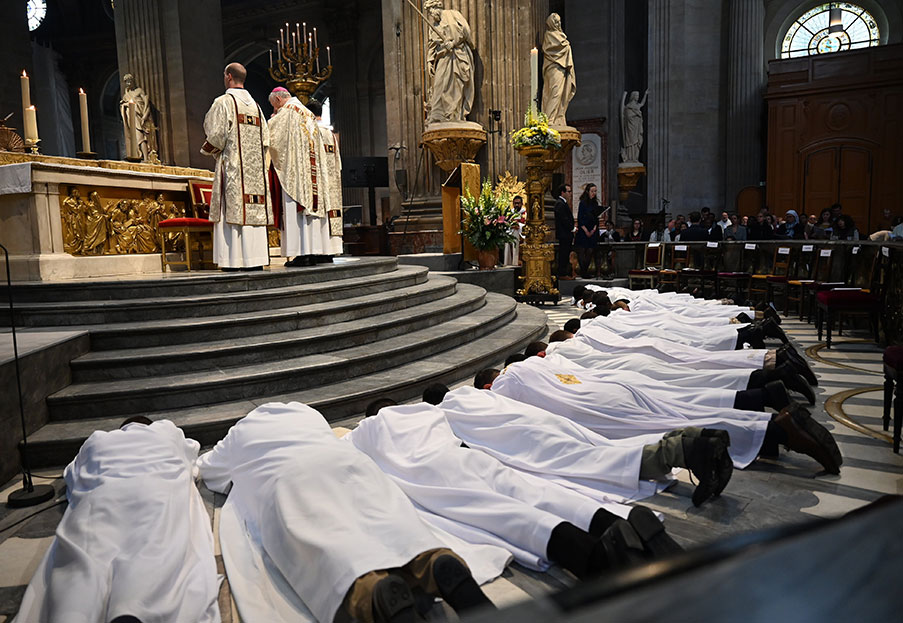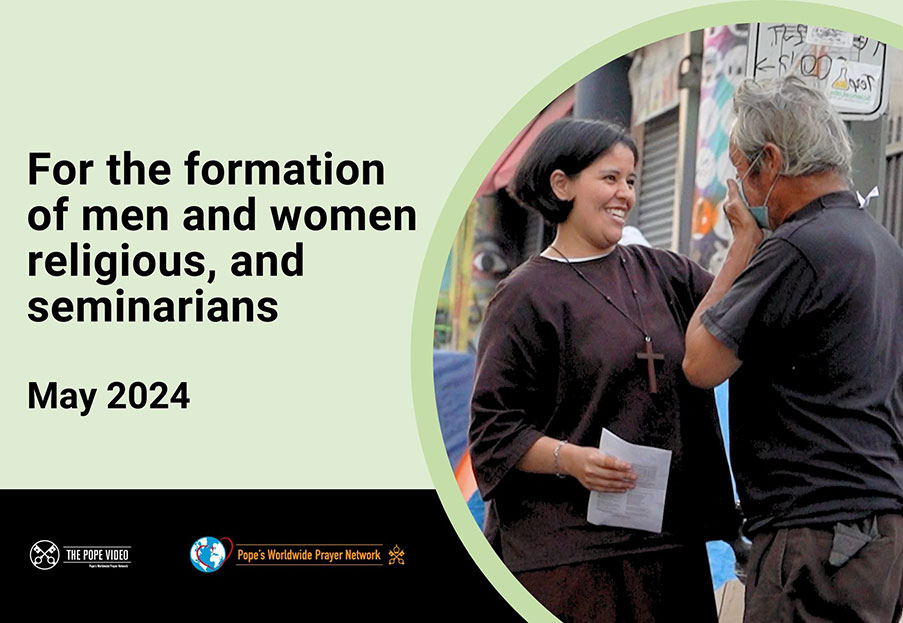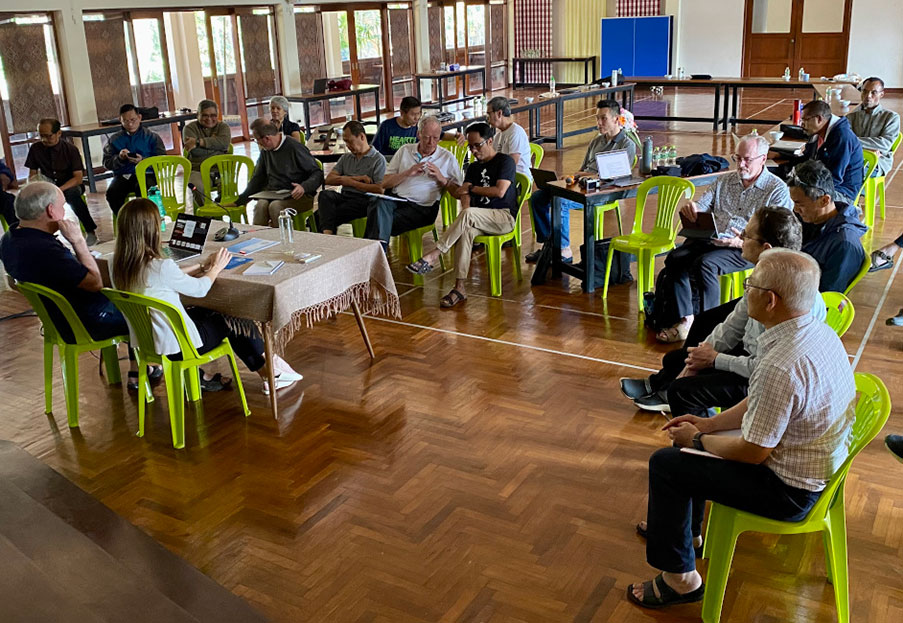The Jesuits in Zamboanga
Zamboanga City in the Philippines has a population of just one million, which pales in comparison to the capital city of Manila, which has almost 17 million inhabitants, and the country as a whole, which has around 117 million. The Jesuit presence in the southern part of the archipelago has left its mark on several communities in the greater Mindanao region, including Cagayan de Oro to the north, Davao to the south and Zamboanga to the west. In each of these cities, the Jesuits founded and still run a university. In the Philippines, the Jesuit educational centres are called “Ateneo”.
The Spanish Jesuits had been present in Mindanao
from the end of the 16th century until their expulsion in 1768. At
the time, the Philippines was a Spanish colony, so the Society’s expulsion from
Spain also affected the colonies. In 1859, after the restoration of the Society
of Jesus, the Jesuits returned to the Philippines, focusing on the Mindanao
region. The work of evangelisation and the establishment of parishes initially
required all their energies, but in 1912 a parish school was opened. Little by
little, education became the main activity of the Society of Jesus in the
region: a primary school, then a secondary school, a university college, an
accredited university, a medical school. All were officially named “Ateneo de
Zamboanga University” (AdZU) in 2001.
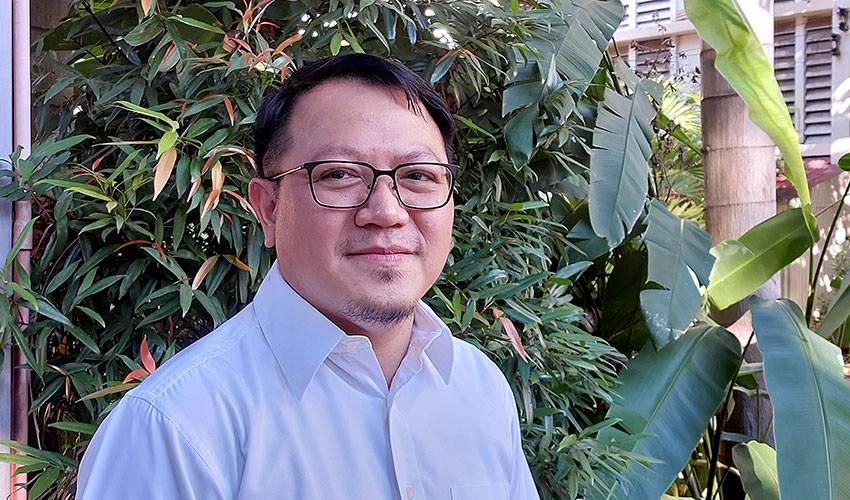
Fr. Arnel Ong.
In Zamboanga, the Jesuit community currently consists of ten members, all of whom are involved in one way or another in the Society’s educational work there. Fr. Arnel Ong talks about the educational, social and religious context in which the members of the community do their work.
“When the Jesuits returned after the expulsion, they wanted to prioritize Mindanao. Jesuits need to be in Western Mindanao to share Ignatian Spirituality and to be agents of reconciliation through the education apostolate.
The
Ateneo de Zamboanga University attracts people from different faith traditions
because of its high-quality education and inclusive approach to formation.
Today, the number of Muslim students in basic education and higher education is
increasing. There are 25% to 30% Muslim students in each unit. However, there
has been no formal research conducted as to why they want to study in a
Catholic and Jesuit School. But in informal conversation, these students shared
that they feel appreciated, respected, and included in the university.”
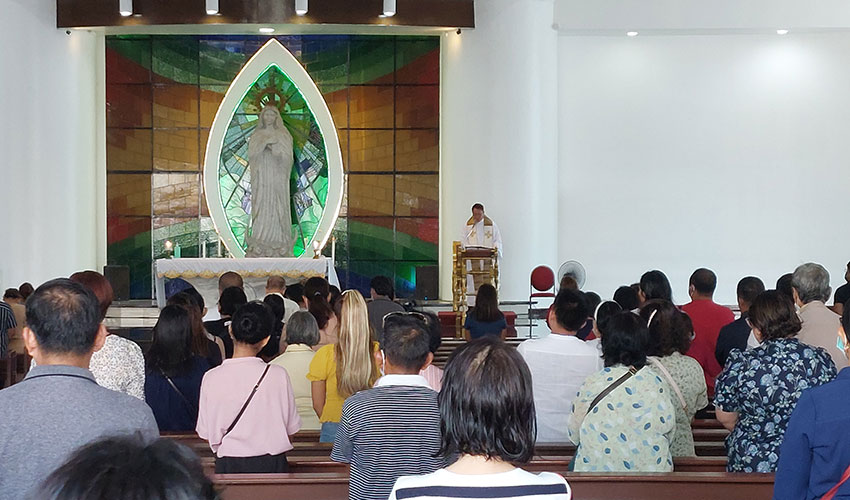
This area of Mindanao is known for political turmoil and violence. In the 80s it was the New People’s Army, a Maoist guerilla movement. More recently, clashes between the Philippine Military and radical Islamic groups have threatened society. Fr Ong comments on the relationships with the Muslim community.
“Jesuits deal with the tensions that have occurred in Zamboanga City in the past through education and inculturation. The university established certain offices and programs to take care of these concerns. The local government always includes the university for consultation because of its influence in the region.
With the increasing population of Muslim students in the university, Jesuits have been consciously aware to include them. In every event and program, we have two prayers: Christian and Muslim. During the Eucharistic celebration of the community, a separate prayer service is held for the Muslim students, faculty, and staff. The university also allotted a space for a prayer room in each unit for students, faculty, and staff. They gather at noontime on Friday for their prayer. At the college level, Muslim students enroll in the subject of Religious Studies for Islam while Christians take the Religious Studies for Christianity. Also for university students, there are separate recollections and retreats given by staff members of each faith group. Every year at the end of the Ramadan, the University sponsors the dinner, the Grand Iftar.
Through
these different inclusive activities, Muslim students and faculty feel that
they are part of the University. They are respected and welcome.”
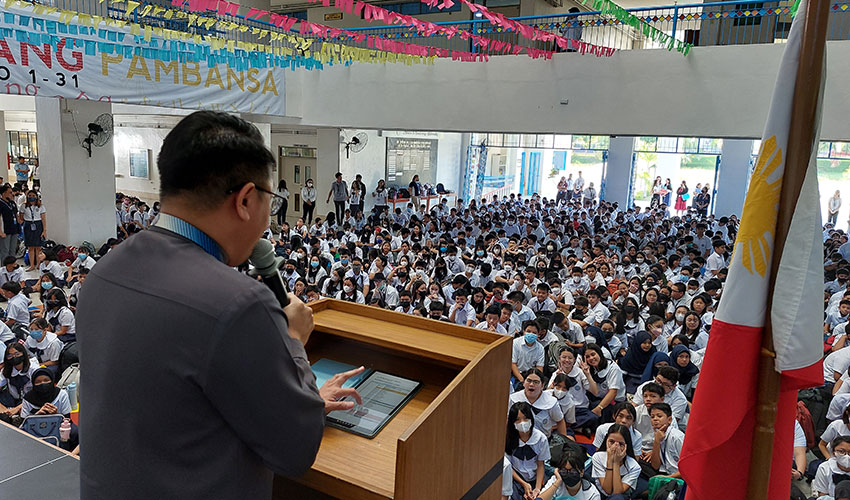
More broadly, what needs and challenges are young people facing in this area, whatever their religion?
“The
common problem that we have seen growing for our young people is related to
their mental health. It has been rampant during the pandemic lockdown and
online classes. Many students became depressed because of lack of activities
and social interaction. A proportion of them are obsessed with social media, the
internet, and video games; this affects their overall wellness. And as in many
other places, family issues: broken families, and lack of parental supervision
contribute to weaken their mental health balance. Our presence, on the pastoral
and educational levels, helps them overcome these problematic situations.”
